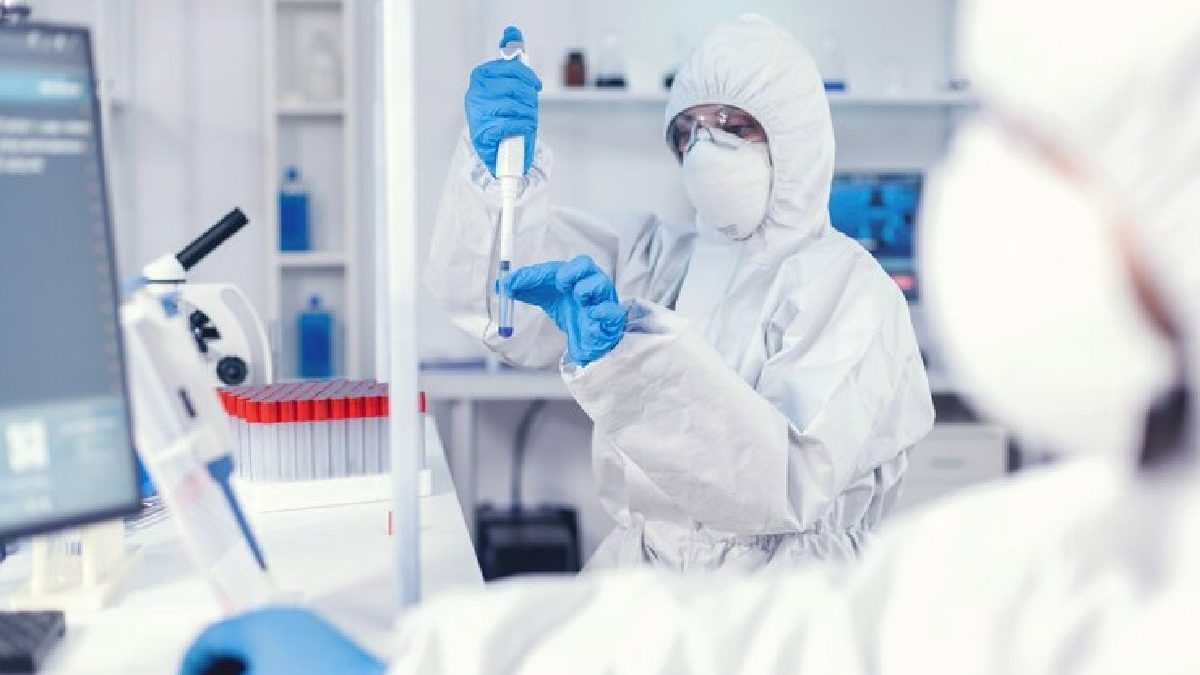Gerçek para yatırmadan test edebileceğiniz Deneme Bonusu Veren Siteler rehberimizde Esbet, Bahis Abi, Babilonbet ve daha fazlasını inceledik.
Technology has made travel calmer for decades. For example, can you imagine carriers having to sell, cancel and track trips manually? It seems like an impossible task. Airlines would not offer near-instant seats on cancelled flights or submit self-booking through a website without technology.
You also don’t get email alerts about tiny price changes for hotel rooms and rental cars without the technology.
Under normal circumstances, technology is a boon to travellers. Here are some reasons to appreciate technology even more during the COVID-19 pandemic.
Table of Contents
1. The software can Filter Medical Studies
More than 45,000 medical studies are currently available as part of the White House COVID-19 Data Center known as CORD-19. This data centre is said to be “the most comprehensive collection of machine-readable coronavirus literature to date”.
AI researchers are encouraged to review the data for unique insights into disease incubation, treatment, symptoms and prevention.
The amount of data available is too significant for people to go through page by page. Artificial intelligence and machine education algorithms to identify key data elements will allow a faster understanding of the big picture.
2. Technology Makes Travel Safer by Limiting Personal Contact
Despite a global ban on non-essential travel, many people need to travel abroad to return home, attend to a family emergency, or access essential health care. For those who have a legitimate aim to travel, technology makes a safer experience by limiting personal touchpoints.
Electronic documentation reduces personal contact
Traditionally, international travellers had to carry a physical passport stamped at each destination. When all pages fill out, the traveller will need to get a new ticket.
Although the technology is not new, some travellers are eligible for e-passports and e-visas. An e-passport is purely digital, while an e-visa means that travellers do not need to send a photocopy of their passport to receive a visa.
As with Passports, there are eVisa substitutes for some countries. For example, suppose a British business traveller obtains an eTA to enter Canada. The application can complete entirely online without an in-person appointment. The lack of face-to-face meetings eliminates a potential point of contact that could spread the virus.
When the business traveller enters Canada, their eTA will contain most of their information in an electronic record. They may required to display their passport and other identification documents, but interactions with customs and border officials will be brief.
3. The Airport and other Travel Technologies being Pushed to their Limits
At first glance, this might seem like a bad thing. However, why should anyone be grateful that travel technology pushes to its limits?
The benefit of pushing our electronic travel systems to their limits is that if something breaks, it will break much sooner when the system is on. In addition, if there are problems in the design, we will quickly become aware of these problems.
As we are in an era where our travel systems cannot afford extended outages, problems will certainly resolve quickly, whether a software glitch or a coordination issue. But unfortunately, when problems arise outside of an emergency, they often remain unresolved, causing even more problems.
The need to safely and efficiently manage travel in a post-pandemic world will quickly resolve any issues.
4. Technology can Predict Infections
Although data is currently limited. Stanford Medicine researchers plan to use wearable technology devices to predict viral infections with data referred to the mist.
In a novel partnership with Fitbit and Scripps Research, investigators aim to use smartwatch data to measure heart rate and skin temperature to determine when someone may be fighting a virus. Their ultimate goal is to slow the spread of viral infections like COVID-19.
In 2017, an algorithm develop to detect infections using heart rate change data from a smartwatch. One study, in particular, has shown that patterns of heart rate variation can indicate disease even when the person is asymptomatic.
The Stanford researchers are currently recruiting study participants. The researchers concede that an elevated heart rate isn’t always a sign of infection, but they want to see if they can sort out the various causes.
ALSO READ: Five effective methods against hair loss in winter

